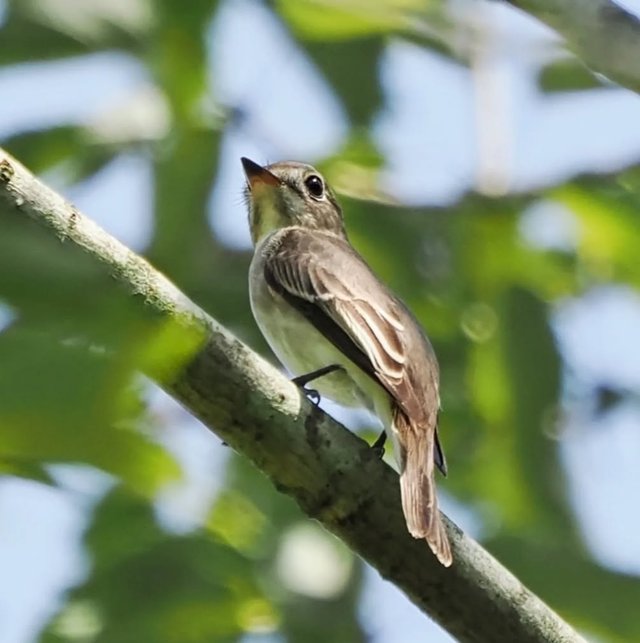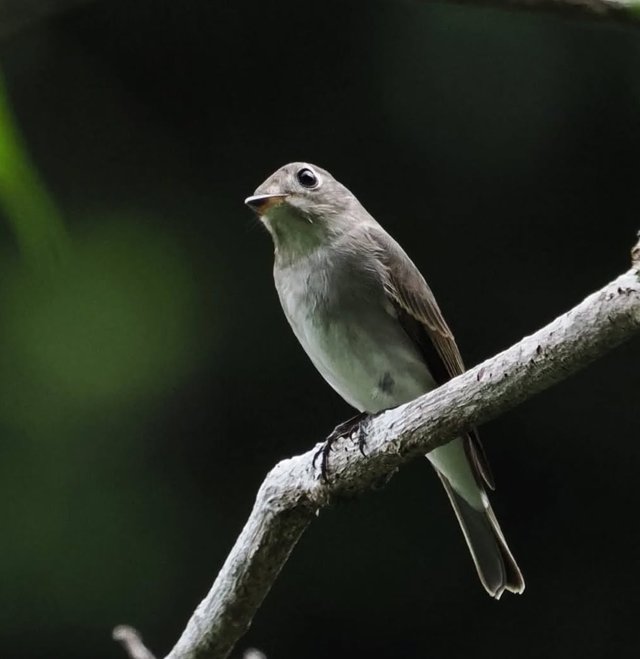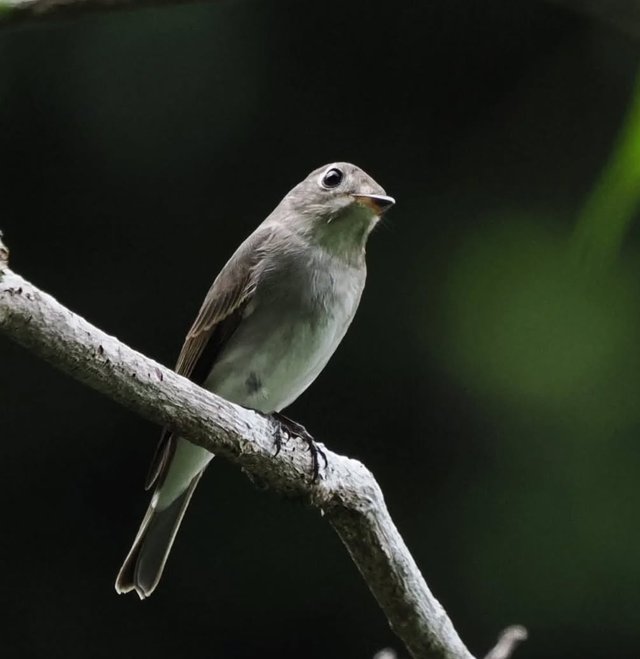Dark-Sided Flycatcher Bird
Dark-sided Flycatcher: A Comprehensive Overview
The Dark-sided Flycatcher, a small but fascinating member of the Muscicapidae family, is a subtle yet captivating bird that birdwatchers and ornithologists admire for its understated beauty and intriguing migratory behavior. Found across Asia and parts of Europe, this species is a prime example of how even the most modestly colored birds can reveal a wealth of ecological and behavioral insights.
Physical Description
The Dark-sided Flycatcher is a small passerine bird, measuring about 13–15 cm in length. As its name suggests, it has darker brownish-grey upperparts, with slightly paler underparts that are streaked or mottled with brown. The throat and breast typically show faint streaking, giving it a more textured look compared to plainer flycatchers. Its wings are medium-length, and the tail is slightly forked, helping with aerial maneuverability. The bill is fine and pointed—perfect for snatching flying insects mid-air. Despite its muted plumage, close observation reveals delicate details, such as the soft contrast between its dusky sides and pale belly.
Distribution and Habitat
This species breeds across a vast range, including northern and eastern Asia—from Siberia and Mongolia to Japan and northern China. During the breeding season, it prefers coniferous and mixed forests, often at moderate to high elevations. In winter, the Dark-sided Flycatcher migrates southward to Southeast Asia, the Himalayas, and parts of southern China. During migration and wintering, it can also be found in secondary growth forests, forest edges, parks, and gardens. Its adaptability to varied forest habitats makes it a widespread yet often overlooked species.
Behavior and Feeding
The Dark-sided Flycatcher is primarily insectivorous, feeding on small flying insects such as flies, beetles, and moths. Like many flycatchers, it uses a classic "sallying" technique: perching quietly on a branch, scanning for prey, and then darting out swiftly to snatch insects mid-flight before returning to the same or a nearby perch. This sit-and-wait hunting style, combined with its muted plumage, often allows it to remain unnoticed in dense foliage.
These birds are generally solitary or found in pairs, especially during breeding. On migration or in wintering grounds, they may sometimes join mixed-species flocks, benefiting from the increased foraging opportunities and protection from predators.




%20(10).jpeg)
Thank you for sharing on steem! I'm witness fuli, and I've given you a free upvote. If you'd like to support me, please consider voting at https://steemitwallet.com/~witnesses 🌟